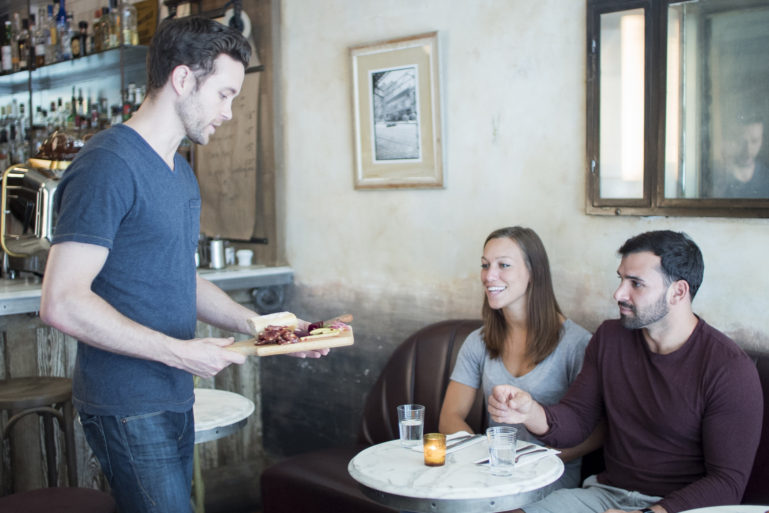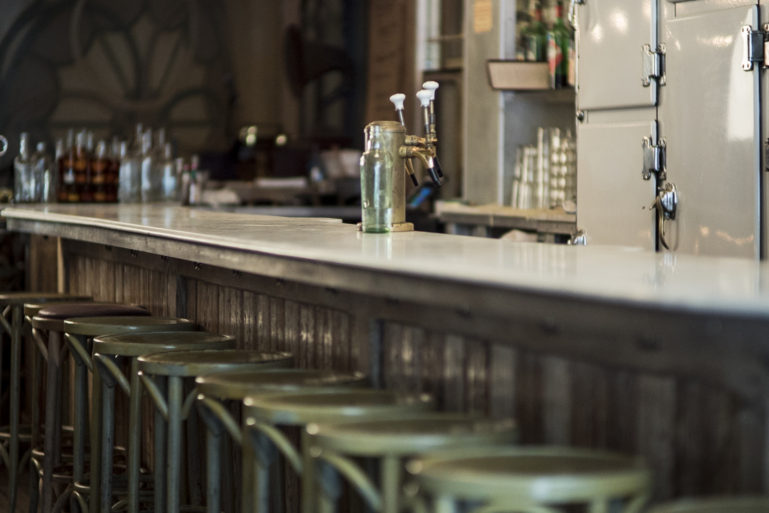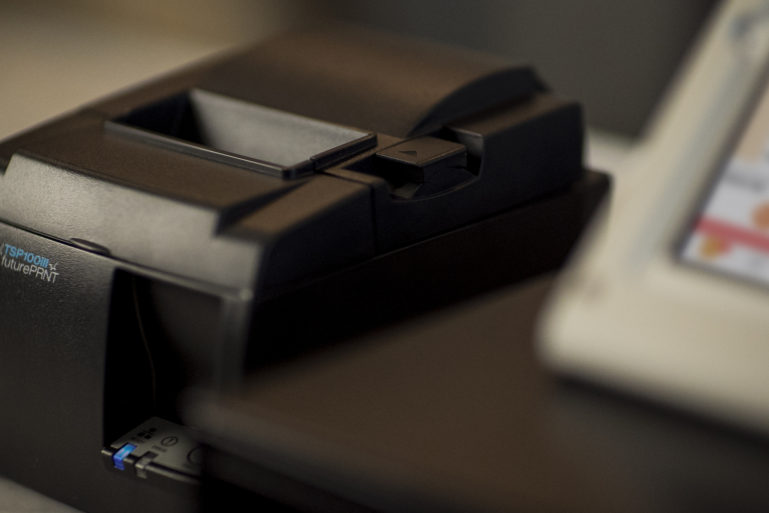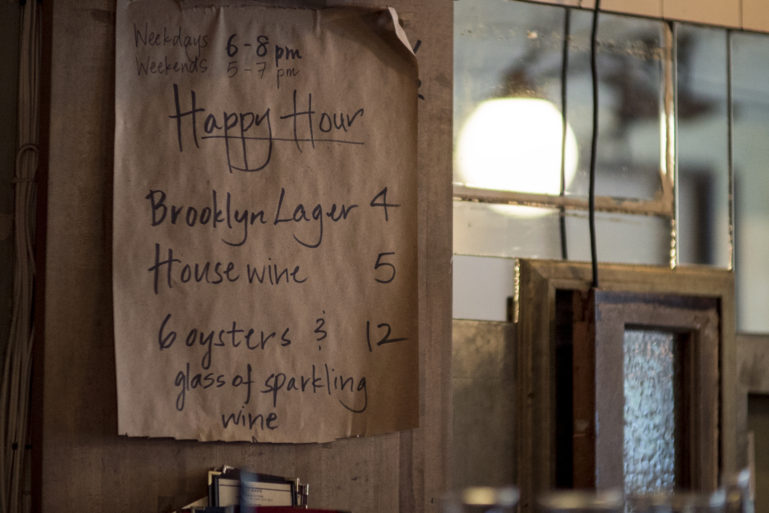
Opening a Successful Bar — 18 Tips and Tricks of the Trade
Many of us have daydreamed about opening a bar, but what exactly does it take?
We have compiled a series of tips and considerations before your bar’s name (have you already got one?) is up in lights.
1. Work at a Bar
What better insight into the inner workings of ‘industry life’ than firsthand experience? Familiarize yourself with the world of running a bar: the ins and outs, the ups and downs, the perks and pains. It’s a complex environment, teeming with variables like unpunctual vendors, entitled regulars, money-hungry landlords, and genuinely amazing people. Bar experience, particularly at management level, will teach you what to watch out for, and also how to deal with issues that arise while allowing you to walk away from it when your shift ends.
2. Become a Scientist
You’re still here? Great. It’s important not to underestimate the pivotal role that numbers will play when opening and running a successful bar. It’s a science rather than an art. To save you standing at the door counting, look into technology, like your POS system, that can keep track of salient info like top-selling items, busiest hours, and best-selling staff. Are lunch numbers down? Why? What is your server Sara doing differently that has her sales figures so high? The profit is in the details.
3. Figure Out Your Motives
Yes, making as much money as possible. But a love of business, rather than a love of bars, should be your driving motivation above all else when opening a bar. There are much less expensive ways to spend the day hanging out with friends. Will you be willing to be there at 4.30am, when everyone else is wrapped up in bed? Also, if you have a family, what effect will spending long, late hours away have on them?
4. Develop a Business Plan
The beauty of a thorough business plan is that it unearths many hitherto unanswered questions. Consider it a very necessary Devil’s Advocate, forcing you to answer awkward questions that are more or less guaranteed to come up later on. A completed business plan is the difference between pie in the sky and fully-cooked ideas. You can find great, thorough business plan templates online.
5. What type of bar, exactly?
This will dictate the size of the bar you open, which in turn dictates the amount of starting capital you will need. If you want a sports bar, it’s going to need to be bigger than your average neighborhood bar, and contain a lot more expensive TV and audio equipment. As a very general rule of thumb, one square foot of bar will cost you between $100- $120. Your type of bar will also shape who your ‘ideal customer’ is. Speaking of which…

6. Determine Your Ideal Customer
Deciding on your ideal bar, and your ideal customer is one of those ‘chicken and egg’ situations. Most likely, you’re going to be spending plenty of time around these people, so make sure you enjoy their company for the most part. Are your ideal customers the Macallan 18 or the Miller Lite type? Will their bar tabs allow you to keep the lights on? Seeing a full bar might not necessarily equate to a full cash drawer at the end of the night. Something to think about.
7. To cook, or not to cook?
We all love some food to line our stomachs while we have a few drinks, but bear in mind it costs you substantially more as a bar owner to feed your happy hypothetical customers than it does to water them. However, if you have delicious food, find a great niche, or have word of mouth spread, your food can be the differentiator between you and your competitors. And competition is fierce.
8. Decide on a Location
Another unwritten rule is to open or take over a bar on the corner of a street — if possible. Ideally, one that your ideal customers will pass often. Your business won’t fail or succeed based solely on location, but more foot traffic usually means more walk-ins. Keep in mind, your bar can’t be close to a school or place of worship in many states. Otherwise, you’ll risk having issues with your…

9. Liquor License
Although it typically costs ‘just’ a few hundred dollars, a new liquor license can take up to a year to get your impatient hands on. And that’s presuming your application is acceptable to the powers that be. Once you have committed to the idea of opening a bar, get this ball in motion. In some more regulated towns or states, it could be worth ponying up for a liquor license attorney. A common alternative to this is taking over a pre-existing bar, and inheriting their liquor license.
10. Capital with a Capital C
Obviously, capital is a deal breaker for the aspiring bar owner. This stage of opening a bar could merit a book by itself, as there are any number of routes to go about it. From traditional loans to SBA-backed ones (that’s the Small Business Administration) , and crowd-funding to peer-to-peer lending, you have options. Research and decide what is the smartest for your unique business. And hopefully, it goes without saying not to charge it all on your credit card.
SEE ALSO: 3 Types of Collateral to Use for Small Business Loans
11. Purchase Your Equipment
The amount, type, and expense of equipment vary wildly from bar to bar. Do you want TVs lining the walls, or are you happy with a good old-fashioned dart board? Leasing is an attractive option for many bars. It frees up some working capital and cash flow, cuts out any repair costs, and ensures you always have up-to-date equipment. There are tax breaks too!

12. Pinpoint Your Technology Needs
Thankfully, there is technology that can make your life as a bar owner easier. Again, POS software can provide a lot of actionable data. ShopKeep iPad point of sale offers a free smartphone app, which allows you to see how your bar is doing in real time. The right point of sale can alert you when supplies are low.
13. Hire Staff
Sure, experience is great in staff. But in the bar world, it doesn’t trump personality. Aim for a healthy mix of both. Like it or not, you’re now in the ‘people business’. Happy, efficient servers can make or break your customer’s experience. They can also be the difference between a once-off customer and a regular. Keeping in mind that you will only hear from 4 percent of your unhappy customers on average, you need to be proactive — and a little unforgiving, when needed — in hiring and managing your team.
14. Control Liquid Costs
A jigger isn’t just a fancy ornament. It’s a tool to ensure that generous or heavy-handed bartenders aren’t cutting your profit in half. Also, they are a perfect way for a less experienced bartender or server to gauge how, say, a Chivas neat pour looks like in the glass. It is in your bottom line’s best interest to avoid any guesswork. Your point of sale can track your liquor and ingredients too, so you have some context of what is ‘normal’.
15. Build Some Expectation
Okay, your staff is in place, and you’re just applying some finishing touches before you open. How about some free advertisement? We’ve all seen the ‘Coming Soon’ banners. How about a ‘Top Secret’ sign outside your bar? The foot traffic sauntering past your location contains many of your soon-to-be regulars. Get them talking. When you open, have customers waiting for you, and not the other way around.

16. Market Your Bar
‘Marketing’ is a nebulous term nowadays. The definition changes from business to business. One thing that never changes, though, is its importance. Social media is a given for the majority of bars because of its wide-ranging usage by the bar-visiting masses. It’s a surefire way to keep your business at the forefront of people’s minds, can drive business, and hey… It’s free. Again, market your business in the way that feels right for your business. A write-up in the local paper never hurt, either.
17. Open Your Doors
“The time has come,” the bar owner said. There are bar owners who have been opening new bars for 30 years, that continue to learn new tricks to the trade on a weekly basis. A launch party is a smart way to get locals talking (and drinking). A few free appetizers could pay for themselves one hundred fold if it gets you a couple regulars.
18. Authenticate Your Online Presence
Once you’re open, be absolutely certain that your newly-opened bar can be found online. Google My Business is a good start. Just think of the number of times you’ve asked, “Where do you wanna go?” while scrolling through your phone. And don’t forget to check this regularly, and be confident your information is up to date.
Whether it is your first or fifteenth time, opening a bar can be one of the most exciting (and challenging) moments of your career. Following our suggestions above is a good guide to get you started. But remember, opening a neighborhood bar is as personal as, well… your drink of choice!
Have suggestions we should add to this list? Leave them in the comments below or tweet us @ShopKeep.
Want to try ShopKeep for yourself?
Just answer a few easy questions.
Need help finding the right point of sale?
Just complete the form. We’ll call you right back to explain how ShopKeep can work for you.
Hit the ground running.Sprinting, in fact!
Read our free, comprehensive guide, Small Business 101, to learn all you need to know about starting a thriving business.

